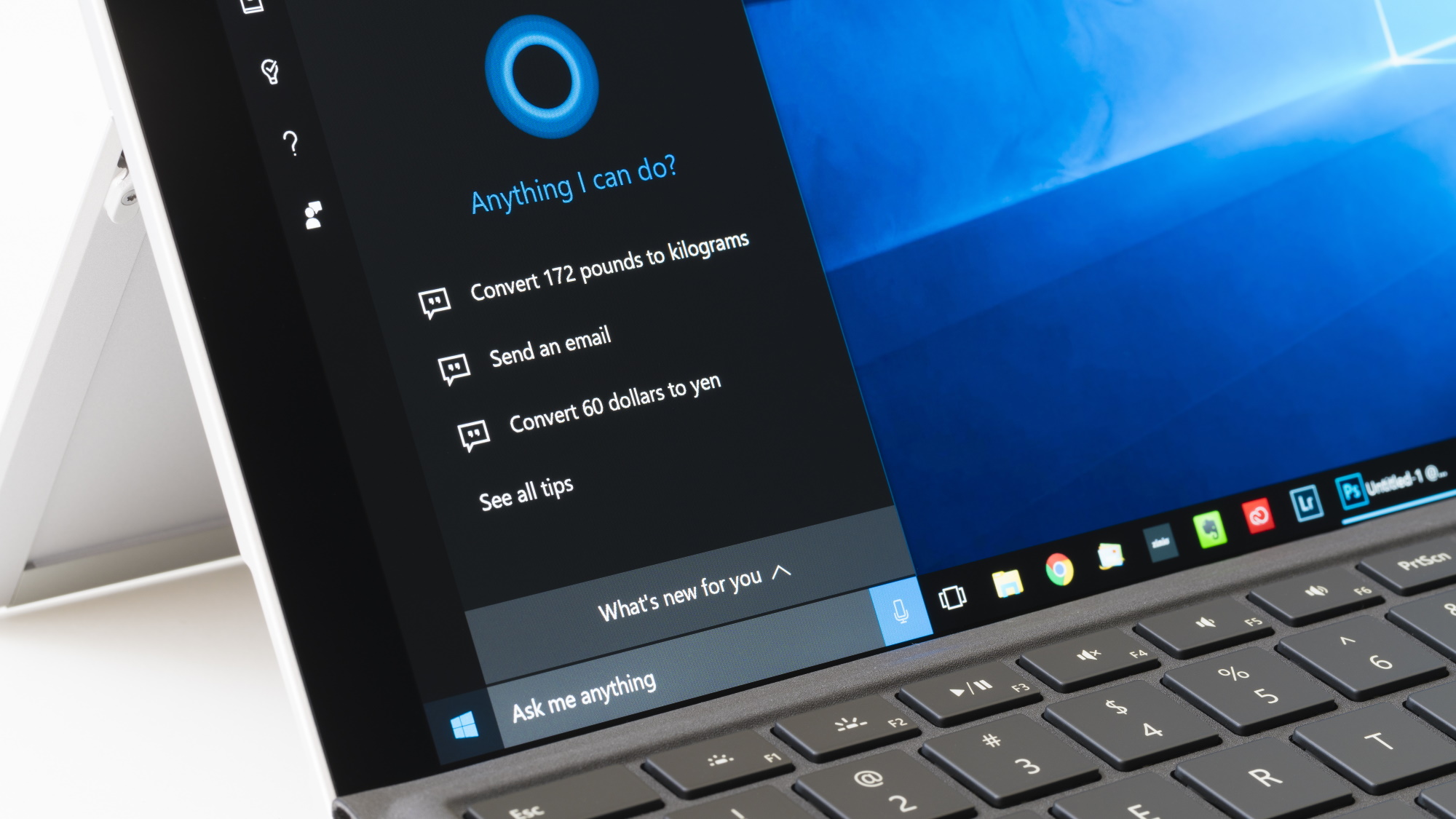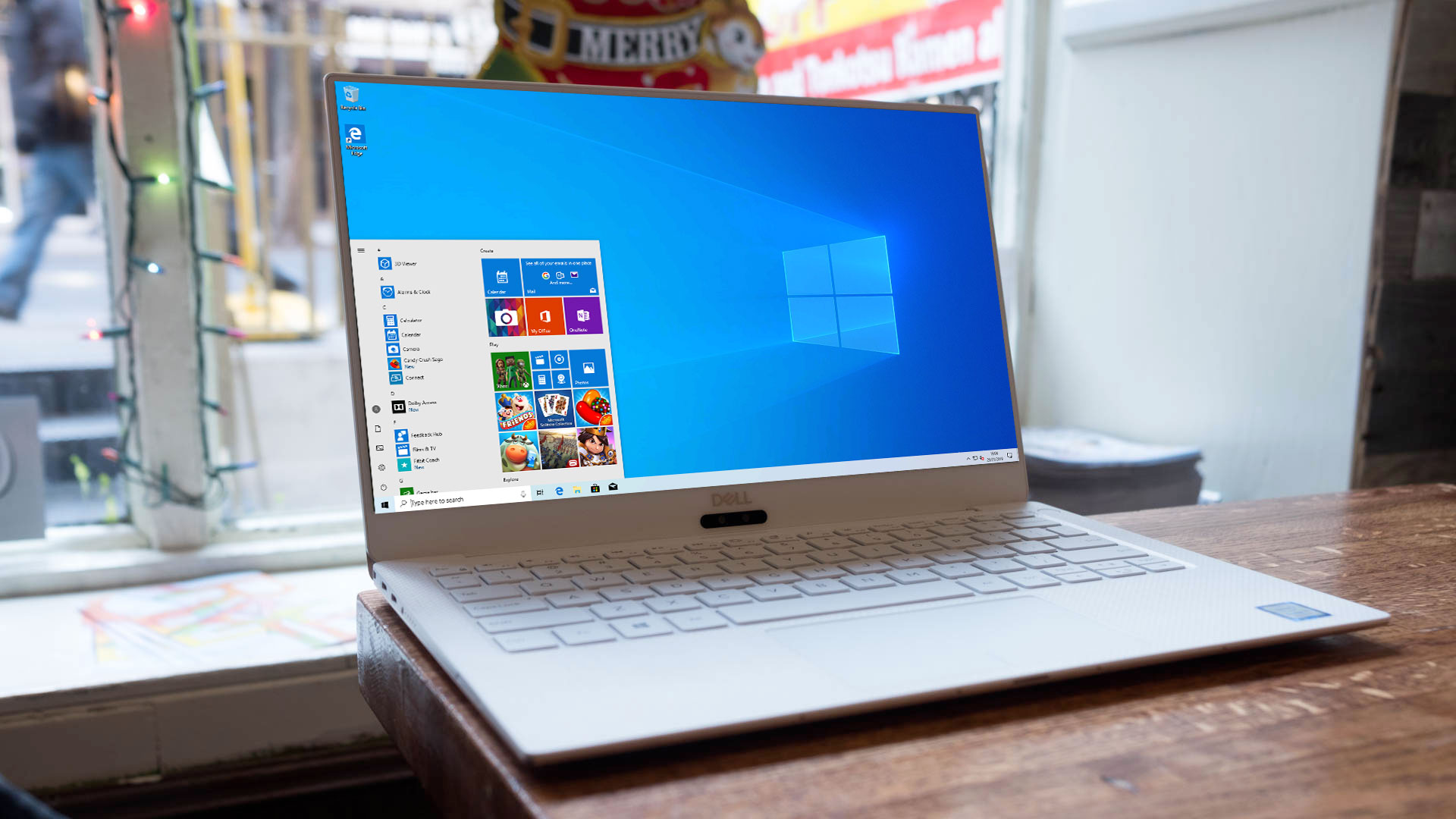Windows 10 problems are ruining Microsoft’s reputation – and the damage can’t be understated
Reputation deflation is the path to damnation…

Microsoft dreams of a future where its cloud empire dominates – in the computing and business world, as well as game-streaming – and subscription revenue pours in at such a gushing rate that the accountants can barely keep track of the ever-spiralling-upward numbers.
But, the software giant’s current slumbers are more likely to be dogged by nightmares rather than any sweet dreams of a heavenly cloud-based future. Microsoft’s sleep is probably haunted by visions of poisonous little bugs skittering in the shadows, clustering around the occasional hulking queen of a showstopper that threatens to shred user files in her chitinous mandibles.
Yes, we’re talking about Windows 10, which in recent times has been plagued by an alarming amount of bugs. This started with the infamous October 2018 Update and a doozy of a file deletion faux pas along with a raft of other ‘small but serious’ gremlins that caused the upgrade to actually be put on ice for over a month (an unprecedented move with Windows 10 updates).
- How to use Windows 10
- We solve 100 common Windows 10 problems
- Check out our best laptops of 2019
So Microsoft was careful to thoroughly test the following May 2019 Update, holding the upgrade in the final phases of bug squashing for a considerable time, and rolling it out very slowly and cautiously indeed. Quite rightly so, and with apparent success as users subsequently flocked to the upgrade (albeit with many being pushed by an impending support deadline, mind you).
Still, the rollout itself went well enough – certainly in comparison to the previous one – only afflicted by some minor hiccups which are always likely to be present. However, it’s in solving those little issues where Microsoft has come badly unstuck in September.

Fixing the fixes
At the start of September, some long-standing minor bugs (including compatibility issues with certain Intel storage drivers) were fixed by a patch Microsoft issued for Windows 10 May 2019 Update. The problem was that this cumulative update didn’t just fix bugs, but introduced a new one whereby Cortana suddenly caused high levels of CPU usage.
Then the patch to fix this Cortana bug broke something else – the Start menu and Taskbar. Oh, and it also caused audio issues in certain games, and broke internet connectivity for some folks.
Sign up for breaking news, reviews, opinion, top tech deals, and more.
If Windows 10 was a china shop, Microsoft was flailing around between the shelves, and in its efforts to fix a broken spout back onto a teapot, cracked a jug by knocking it over with a stray elbow, before managing to send a set of plates crashing to the floor below in an unholy cacophony of shattering porcelain.
In short, the whole situation felt farcical, and was hardly helped when a subsequent bug ‘fix’ for Microsoft’s built-in Windows 10 antivirus actually broke most of Windows Defender’s scanning functionality.
So, following all this, an inevitable outcry ensued from the tech world, with serious eyebrows, questions and criticisms raised about Microsoft’s QA and testing procedures for Windows. More on that in a moment, but perhaps most crucially in terms of the cumulative damage to Microsoft’s reputation here, the general public sat up, shook its collective heads, and engaged in a witheringly slow handclap. At least according to a new report from the American Customer Satisfaction Index (ACSI).
According to ACSI, customer satisfaction with software for PCs has dropped by 1.3% compared to last year, with Microsoft slipping the most out of all software makers with a 3% decrease. The report further notes: “According to ACSI data, customer perceptions of quality have deteriorated significantly for Microsoft over the past year, as the manufacturer has encountered a host of customer issues with its Windows 10 updates.”
Let’s digest that again for a moment. That’s a significant deterioration in perceived levels of quality being delivered by Microsoft going by US consumers, thanks to the numerous issues with Windows 10 updates.
So Microsoft’s reputation with the public is seriously slipping, at least according to this survey – although that’s easy enough to believe, or even blatantly obvious, arguably, given what we’ve witnessed of late. And indeed, as we mentioned, the tech community is drawing attention to Microsoft’s testing procedures, something which you may have seen earlier this week.
Labors of Barnacules
As Ghacks reports, Barnacules – aka Jerry Berg, an ex-Microsoft senior software development engineer in testing, who parted with the company in 2014 – uploaded a YouTube video explaining how the software giant had changed its testing procedures compared to five years ago.
In a nutshell, there was an entire team dedicated to just testing Windows back in Berg’s days, broken down into different subgroups (interface, networking, drivers etc) which all got together in daily meetings to discuss glitches, and where they might come from, along with using automated testing – with a large variety of different real-world PC configurations, including notebooks – to back up manually run testing.
Then, in 2014, everything changed when Microsoft laid off that dedicated Windows testing team (for the most part), and stopped testing on actual real-world PCs in favor of using virtual machines (again, not exclusively – but mostly). And as we know, Microsoft also now relies on a small army of Windows Insiders testing beta builds of Windows 10 and providing feedback on bugs, and it has telemetry as a further resource (data taken from users’ Windows 10 machines pertaining to crashes).
However, catching bugs in this manner is a far more haphazard pursuit: Windows Insiders aren’t always that diligent, sometimes can’t be bothered reporting bugs, and even when they do, those reports can be buried amongst a mountain of other feedback complaining about very minor things like suggestions or tiny tweaks for the interface. On top of that, working with the aforementioned telemetry data can be a notoriously tricky business, and bug details can easily be missed there.
The eminently reasonable-sounding argument therefore runs that this new scheme of things is a far less cohesive, less thorough approach than having a dedicated team – and that’s why we’re seeing many more issues with Windows 10.
Presumably there were considerable cost-savings made when that full-on Windows testing team was dismissed, and the new approach was brought in, but what has been the real cost of this change?
Regardless of whether any of this speculation about Microsoft’s changed internal processes is on the money in terms of this being the cause of the aforementioned gremlins, these bugs are undeniably present. And while many of them may be relatively minor, or confined to a narrow range of victims, some most definitely aren’t (although Microsoft will certainly argue that lessons have been learned over the data deletion showstopper).
The truth is that Microsoft has evolved Windows through the years, from the days where crashes were a pretty regular occurrence, to the more stable era from Windows 7 onwards where blue screens became far, far rarer. But of late with Windows 10, that evolution and victory in the battle of the bugs seems to be taking a step backwards.
To the point where, coming back to that ASCI report, incidents like the calamitous October 2018 Update are causing the public perception of Windows to be seriously negatively impacted.
Although another question could be: how big a problem is that, realistically?
What are disaffected Windows users going to do exactly? Migrate to another operating system? That’s a lot of effort, and comes loaded with some considerable drawbacks, like not being able to play all the latest PC games, or being limited in your hardware choices with macOS (and issues like driver support with Linux).
Still, as we observed in our recent piece about Google’s Chrome browser being in danger of becoming Windows in that everyone uses it, but no one loves it: Mac and Linux are a danger waiting in the wings.

From ripples to waves
This bug-related reputational damage isn’t just about desktop operating systems, though. The wider public perception of Microsoft flailing around in an almost amateurish fashion could well have a knock-on effect when it comes to the levels of trust in the company, and all those future dreamy cloud products we mentioned at the outset could be subsequently affected...
Punter #1: “Are you going to try Project xCloud?”
Punter #2: “Nah, forget that. Microsoft can’t fix a simple bug without causing two others, let alone get smooth game-streaming right. Think I’ll give Google Stadia a spin instead…”
There doesn’t have to be any truth to that doubt – or whatever doubt might be expressed – of course. This is about perception, not reality.
Along with the cloud, and drive with open source, one of the big themes Microsoft has been pushing since Nadella took the reins is that the company is listening to users, acting on feedback – putting to rest the pig-headedly insistent ‘this is what you need’ specter of Windows 8 – and indeed it has demonstrably done so for the better part.
And now the firm needs to listen to the voice of the doubting computing public as expressed in this recent survey – and indeed all over the place online – lest the trust in Microsoft’s ability to execute without bungling begins to erode, and the prevailing feedback heard down the line is the ever-louder noise of footfalls heading for rival products.
In short: fix the fixing department. And fast.
Darren is a freelancer writing news and features for TechRadar (and occasionally T3) across a broad range of computing topics including CPUs, GPUs, various other hardware, VPNs, antivirus and more. He has written about tech for the best part of three decades, and writes books in his spare time (his debut novel - 'I Know What You Did Last Supper' - was published by Hachette UK in 2013).